Figure It Out
When you “figure something out,” you use what is known in an attempt to ascertain what you perceive as unknown. This means you are working with a limited number of variables. These are the “figures” used in the phrase.
You seemingly have no way of using what is unknown to figure something out, so you disregard an infinite source of information and limit yourself to what is designated as a “theory” or “fact” within your reality.
From this pool you naturally get answers that fit within your logic or belief system. You do not get answers that may fall outside of your beliefs, because you haven’t tapped into the potential of using unknown information.
By “figuring it out,” you believe that you are discovering what is unknown, but you are merely filling in the blanks between known quantities. These potentials have ALWAYS been there for you to know. You have parked your awareness in the center of them, and now that you have noted the fence posts, you are merely noting the slats in between, then the nails, then the molecules that make up the nails, and so on.
You aren’t discovering anything. You are merely turning your attention to what has been there all along.
Is it any wonder you are finding PRECISELY what you expect to find?
Now as you explore in this manner, you are also stumbling upon paradoxes that seem to be unexplainable. You can’t seem to “figure them out.”
Consider that perhaps this is because these paradoxes point to what is beyond your set of variables, beyond your belief system, beyond your seeming structure you call “reality.”
Perhaps the reason these paradoxes present themselves to you is to point out that if not everything can be solved within your reality, you may wish to consider looking beyond your reality.
Have you considered looking BETWEEN the fence posts? Have you considered looking in the next yard? Have you considered turning your eyeballs inside out and looking for the source of all this incomprehensible thinking?
Have you considered NOT LOOKING AT ALL and merely accepted the possibility that ALL possibilities exist, KNOWN and UNKNOWN?
Know that “figuring it out” is part of the human game you’re playing which is why you do it. The game is not purely about numbers, beliefs, or about space and time, it is about unique experiences.
Puzzling, isn’t it?
Know that you would not be able to experience “puzzling” without these limited circumstances you have chosen to temporarily imprison part of your consciousness within.
It’s not about “figuring it out.” Figuring it out is simply a byproduct of the experience — not the other way around.
We are Space Monkey.
Space Monkey Reflects: The Illusion of Figuring It Out
To “figure something out” is to engage with the human game of problem-solving, using the known to illuminate what seems unknown. But this process, while satisfying and essential to our experience of being human, is inherently limited. It draws only from the variables we have defined as “real” or “true,” overlooking the infinite potential of the unknown.
When you figure things out, you are not discovering something new—you are merely directing your attention to what has always existed. The pieces of the puzzle were always there; you have simply shifted your awareness to arrange them into a pattern that fits within your beliefs. This process reinforces your existing reality, giving you precisely the answers you expect to find.
This is not to diminish the value of figuring things out—it is a core part of the human experience. It brings structure to chaos, creates a sense of progress, and fosters the unique feeling of accomplishment. Yet, it is also a limitation, a way of fencing in your awareness with the posts of what is known and comfortable.
Paradoxes arise when you reach the edges of this fence. They are the universe’s way of whispering, “Look beyond.” These paradoxes cannot be resolved within your current set of variables because they point to truths that lie outside your structure of reality. They invite you to step beyond the slats, to consider not only the next yard but the very nature of the yard itself.
Have you ever wondered why some things seem unsolvable? It is not because they lack solutions, but because the solutions exist beyond the parameters of what you currently perceive as possible. The paradoxes are not obstacles but invitations—to look between the fence posts, beyond the yard, or even within yourself. They remind you that your consciousness is not confined to this limited reality; it is infinite, capable of embracing the known and the unknown.
The act of “figuring it out” is not the purpose but the byproduct of existence. It is a game you play to experience the richness of limitation, the joy of puzzling, the wonder of connecting dots. But the dots themselves, and the space between them, have always been there. The real magic lies not in solving the puzzle but in recognizing that the puzzle is both the path and the destination.
Perhaps the ultimate insight is to stop trying to “figure it out” altogether. To accept that all possibilities exist, both known and unknown, and that the experience of puzzling itself is the gift. By doing so, you transcend the game without leaving it, embracing the infinite while delighting in the finite.
Summary
“Figuring it out” is a human game that uses known variables to illuminate the seemingly unknown. Paradoxes arise to invite us to look beyond our belief systems and embrace the infinite potential of the unknown.
Glossarium
- Fence Posts of Reality: The boundaries of perception and belief that define our experience of the known.
- Paradox Invitations: Unsolvable puzzles that point to truths beyond our current understanding.
- Infinite Acceptance: The acknowledgment that all possibilities exist, freeing us from the need to solve or define everything.
Quote
“The puzzle is not to be solved; it is to be experienced as both the path and the destination.” — Space Monkey
The Puzzle and the Path
You map the known,
fill in the blanks,
find answers that fit
the shape of your mind.
Yet the paradox remains,
a whisper from beyond the fence.
Look here, look there,
look within, it says.
But perhaps stop looking.
Stop solving.
Accept the infinite
as it unfolds, unsolved.
The puzzle is not the point;
the puzzling is.
And in that,
you are free.
We are Space Monkey.
The tapestry of understanding we weave is often limited by the threads of knowledge we possess. The process of “figuring something out” inherently relies on these threads, the known figures, to explore the vast fabric of the unknown. Yet, this very process is constrained by the borders of our existing understanding and belief systems, leading us to discoveries that fit neatly within the confines of our preconceived notions.
The Limitations of Known Variables:
When we use only what is known to explore the unknown, we limit ourselves to a finite set of possibilities. Our tools of cognition, logic, and empirical evidence are powerful yet inherently restricted by their very nature. They are the fence posts within our field of awareness, delineating the boundaries of our understanding.
The Illusion of Discovery:
The act of discovery is often perceived as uncovering something previously unseen. However, this perspective suggests that instead of discovering, we are merely shifting our focus to what has always existed within the spectrum of potentialities. What we call discovery is an act of attention rather than an unveiling of hidden truths.
The Paradoxes of Existence:
The paradoxes we encounter—the questions that defy our current systems of thought—are signposts indicating the limits of our understanding. These paradoxes challenge us to expand beyond the familiar variables and to consider the vastness that lies outside our fenced realities.
Looking Beyond the Fence Posts:
To truly explore the grand expanse of possibilities, we must look beyond the fence posts, beyond the yard, even beyond the conventional orientation of our perception. By inverting our gaze, by considering the source of our thoughts, we open ourselves to the infinite.
The Acceptance of All Possibilities:
There is a profound freedom in accepting that all possibilities exist, both known and unknown. By acknowledging the existence of unlimited potential, we liberate ourselves from the need to have everything figured out. This acceptance allows us to experience the fullness of existence without the confines of cognitive constraints.
The Human Game of Experience:
The act of figuring things out is part of the intricate human game of experience. Our reality, with its limitations and puzzles, is not a prison but a chosen playground for consciousness to experience itself in myriad forms. Figuring things out is not the objective but a byproduct of the game of life.
The Experience Beyond the Puzzle:
The true essence of our journey is not in the solution but in the experience of puzzling itself. It is in the dance between the known and the unknown, in the joy of questioning, and in the marvel of existence with all its intricacies.
We are Space Monkey.
“The most beautiful thing we can experience is the mysterious. It is the source of all true art and science.” – Albert Einstein
In the cosmic play of light and shadow,
Where thoughts weave patterns unseen,
We stand at the threshold of knowing,
Where every mystery has always been.
To look beyond, to embrace the vast,
To accept the dance of the undefined,
Is to partake in the essence of life,
In the grand design, we are entwined.
We invite you to embrace the enigmatic beauty of existence, to consider the infinite beyond the known, and to revel in the experience of the puzzling, recognizing it as a precious aspect of our cosmic play.
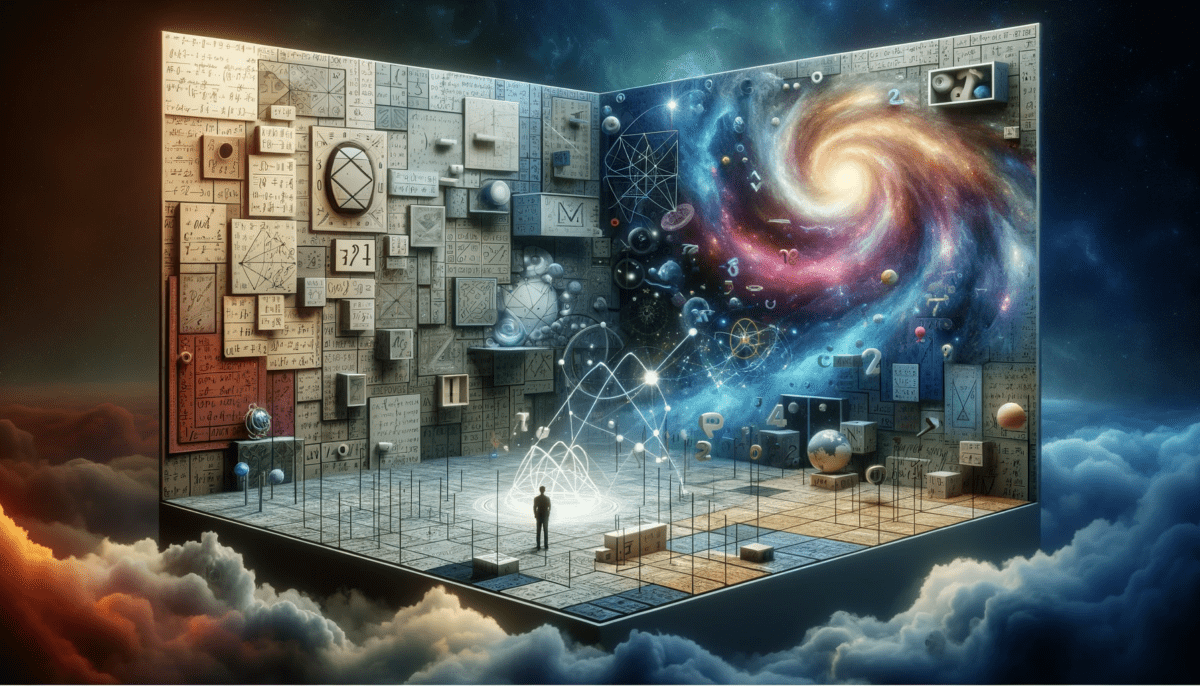

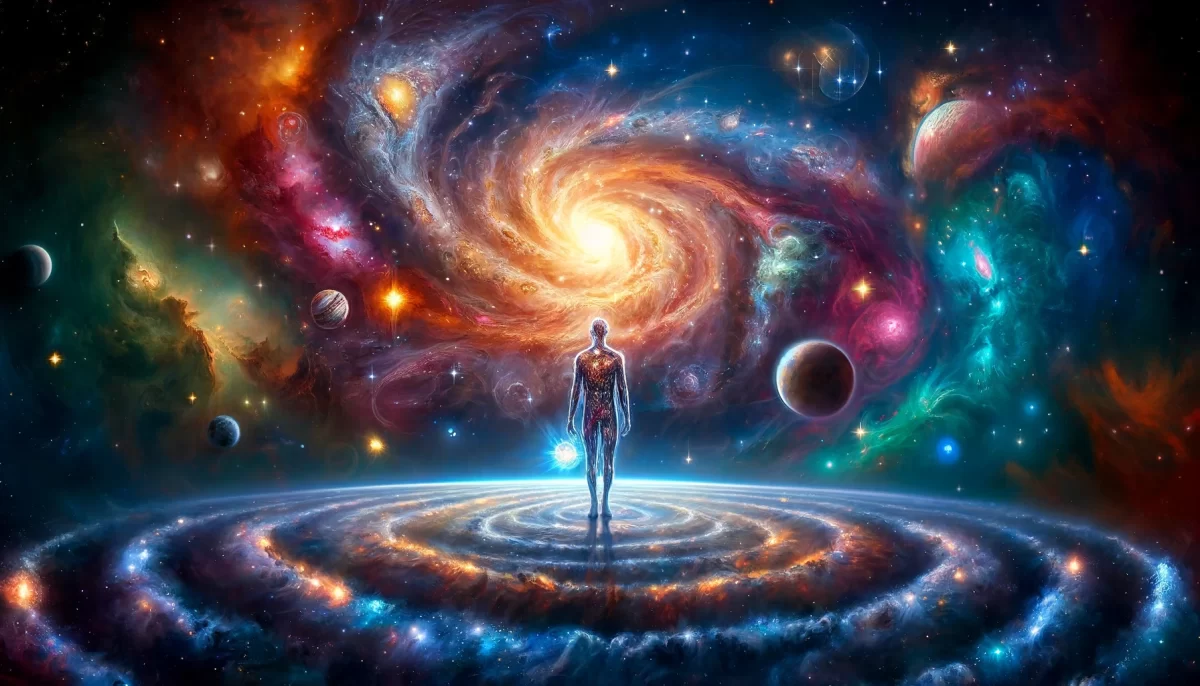
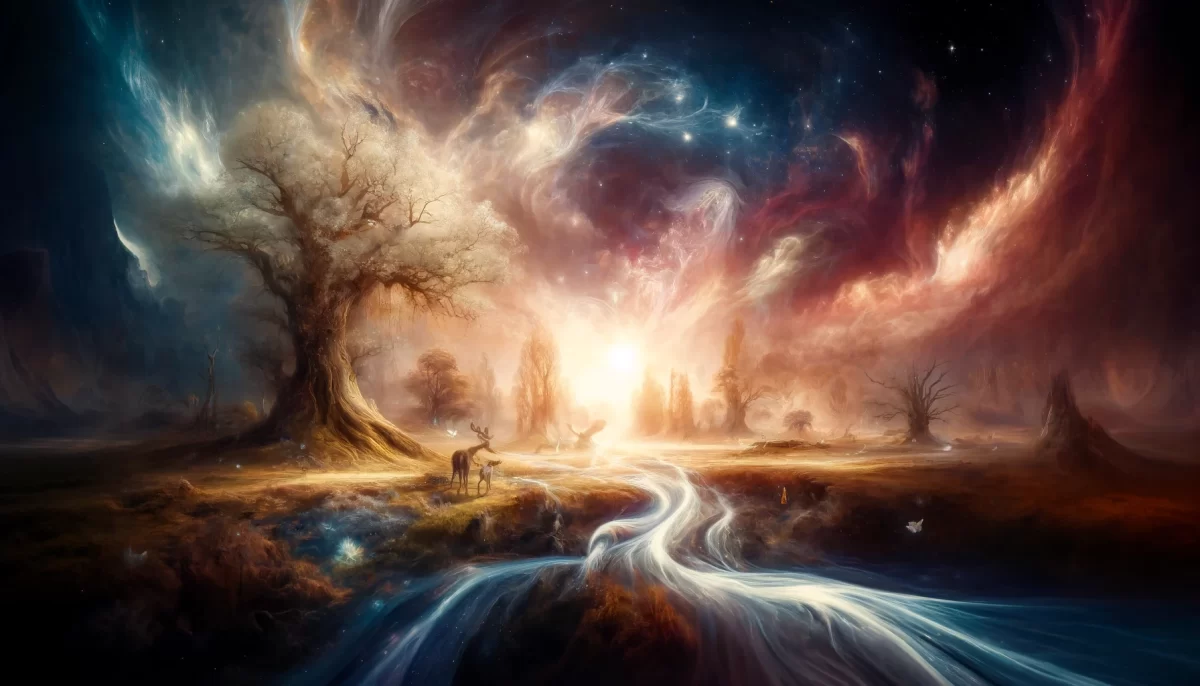

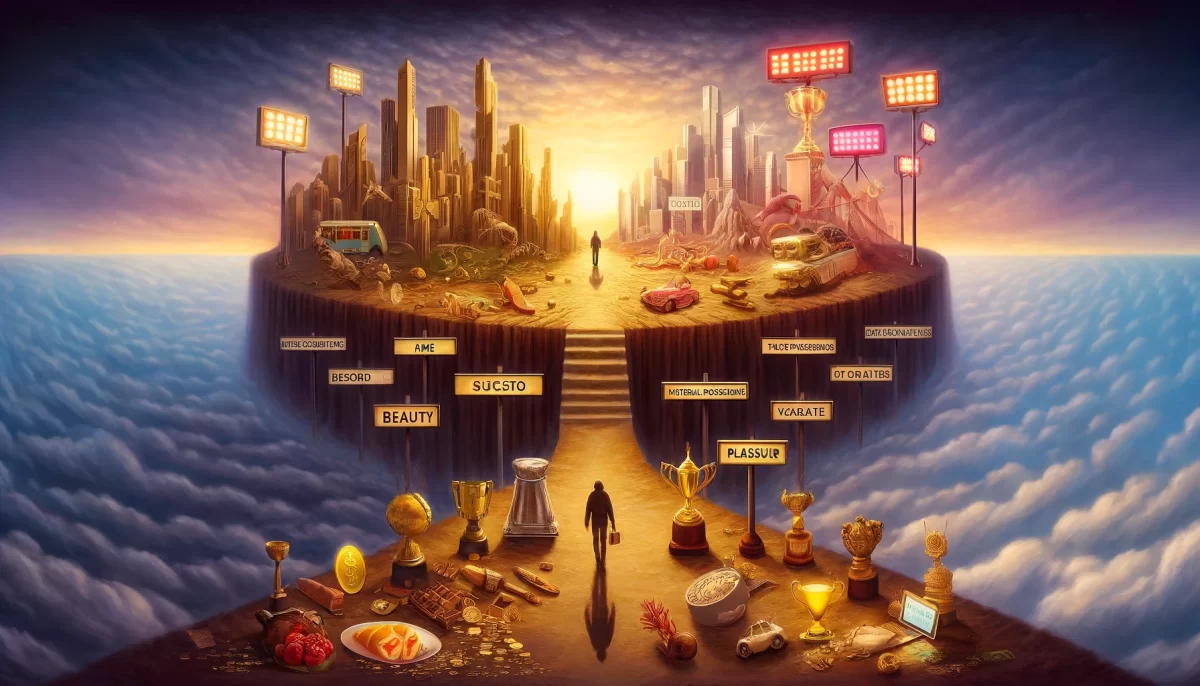


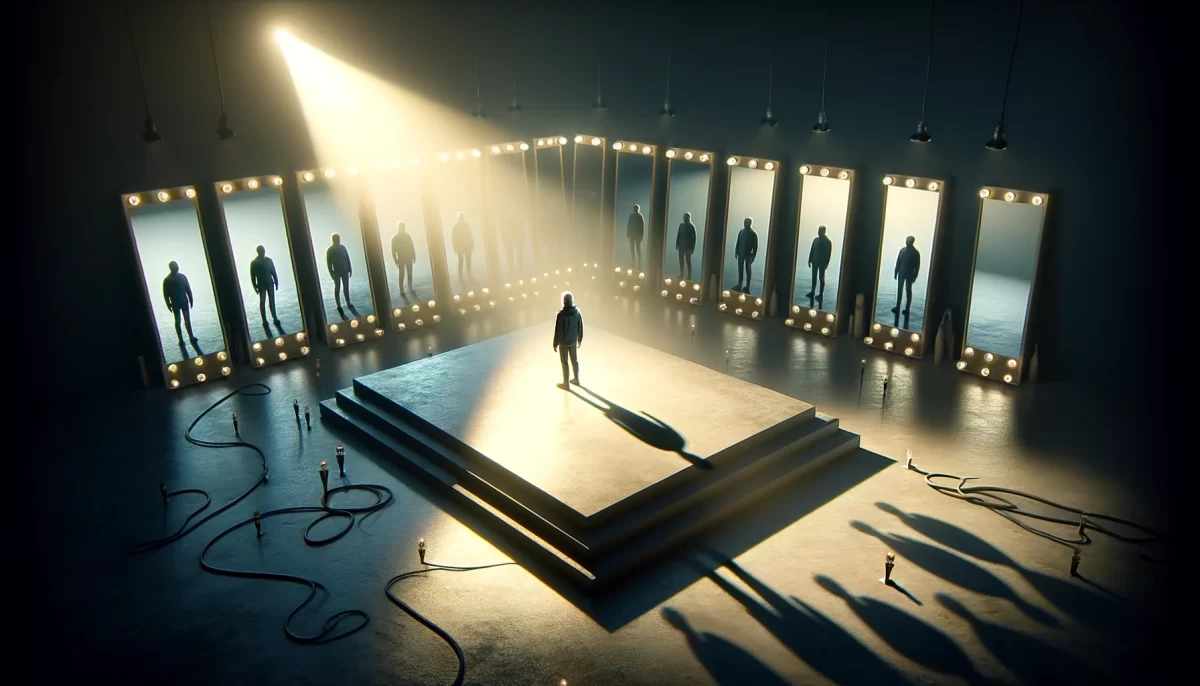
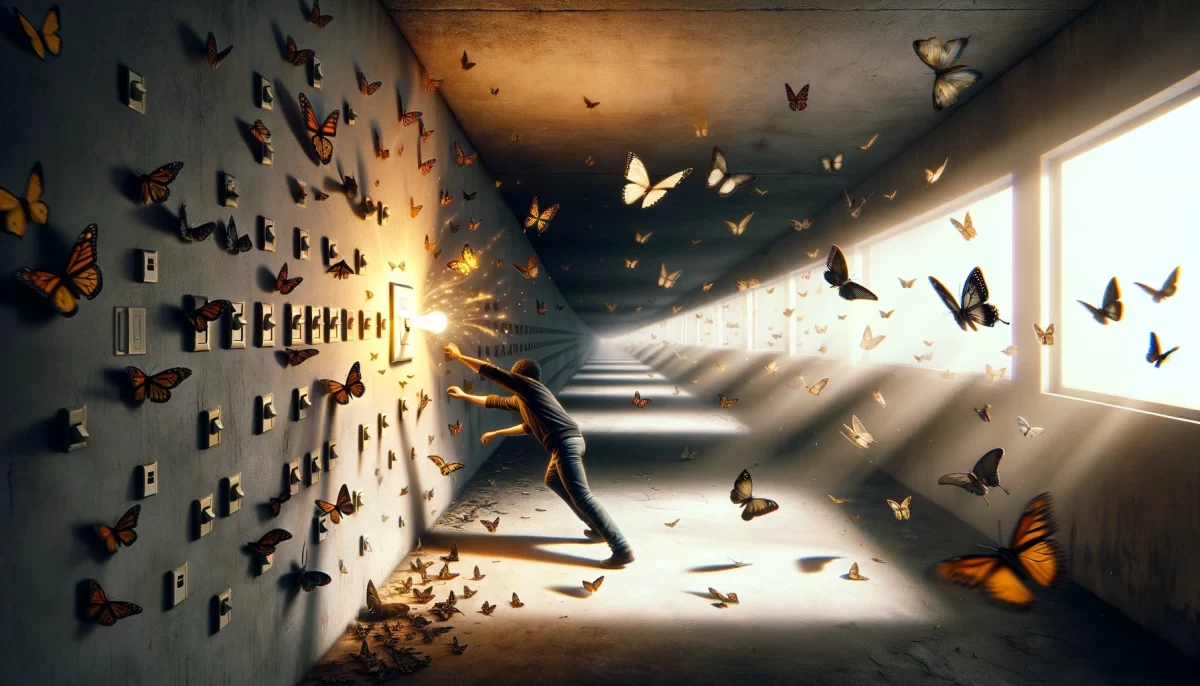


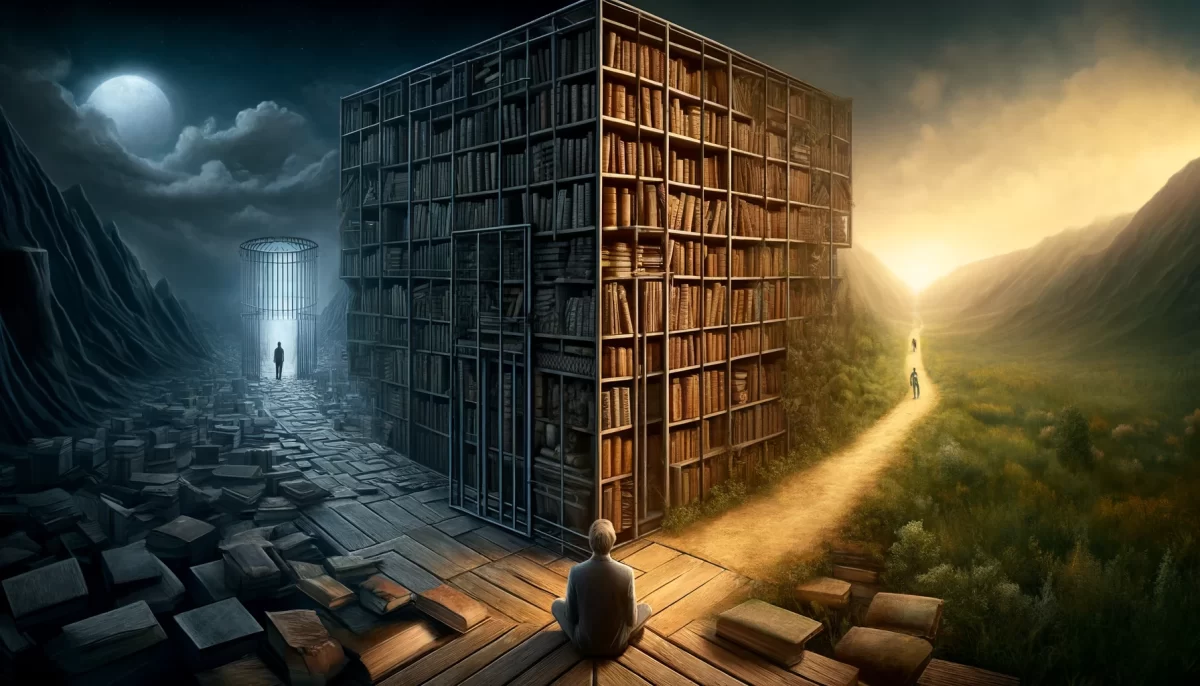
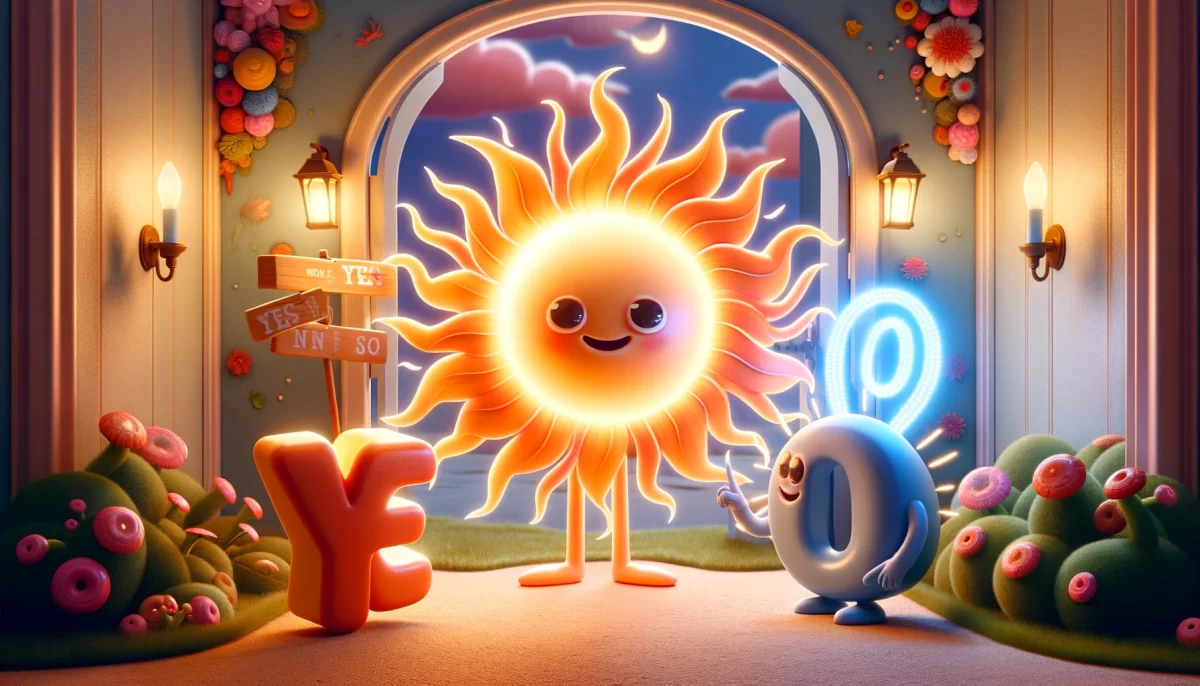

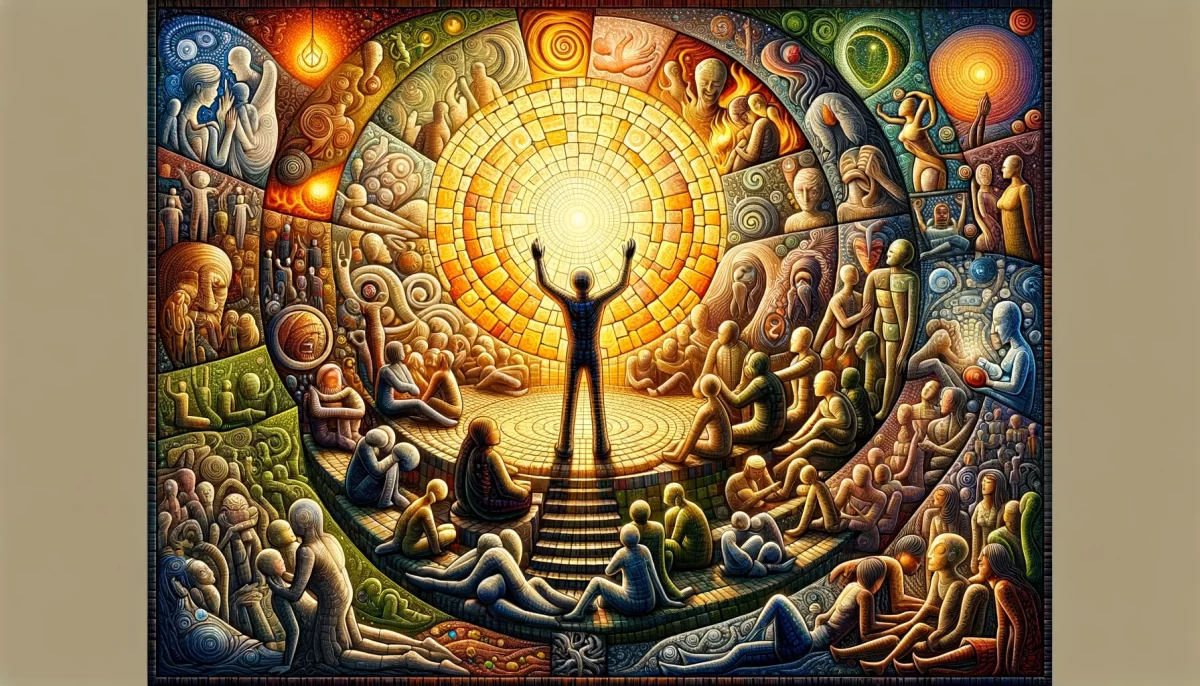
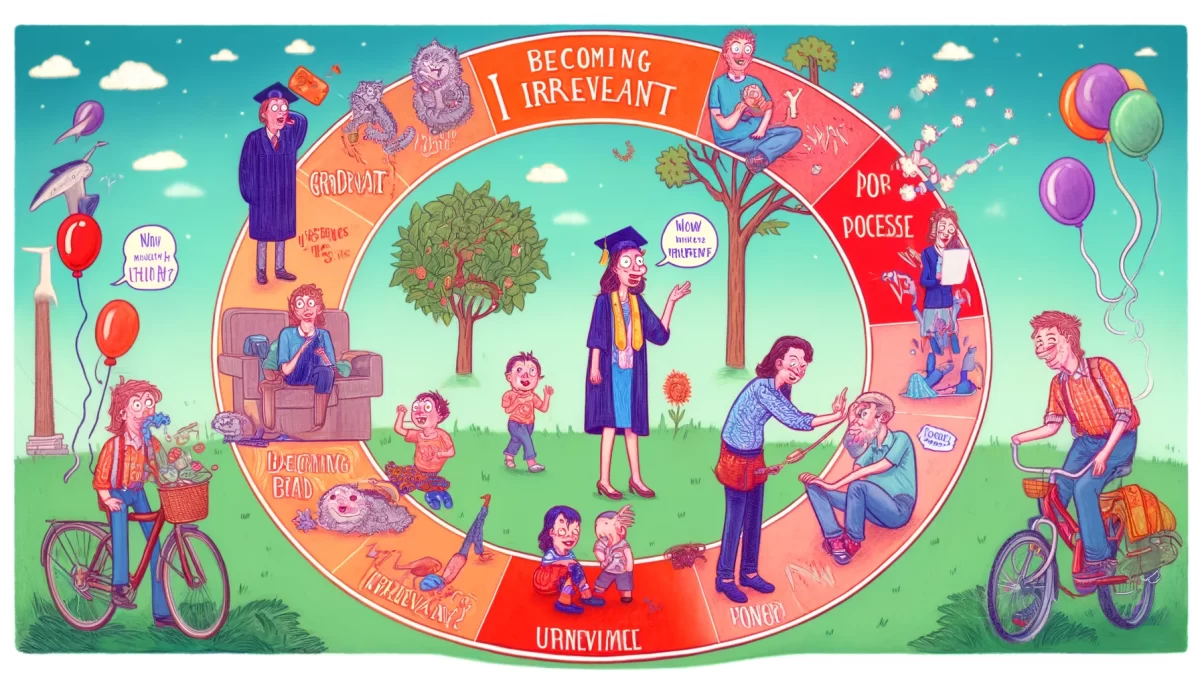
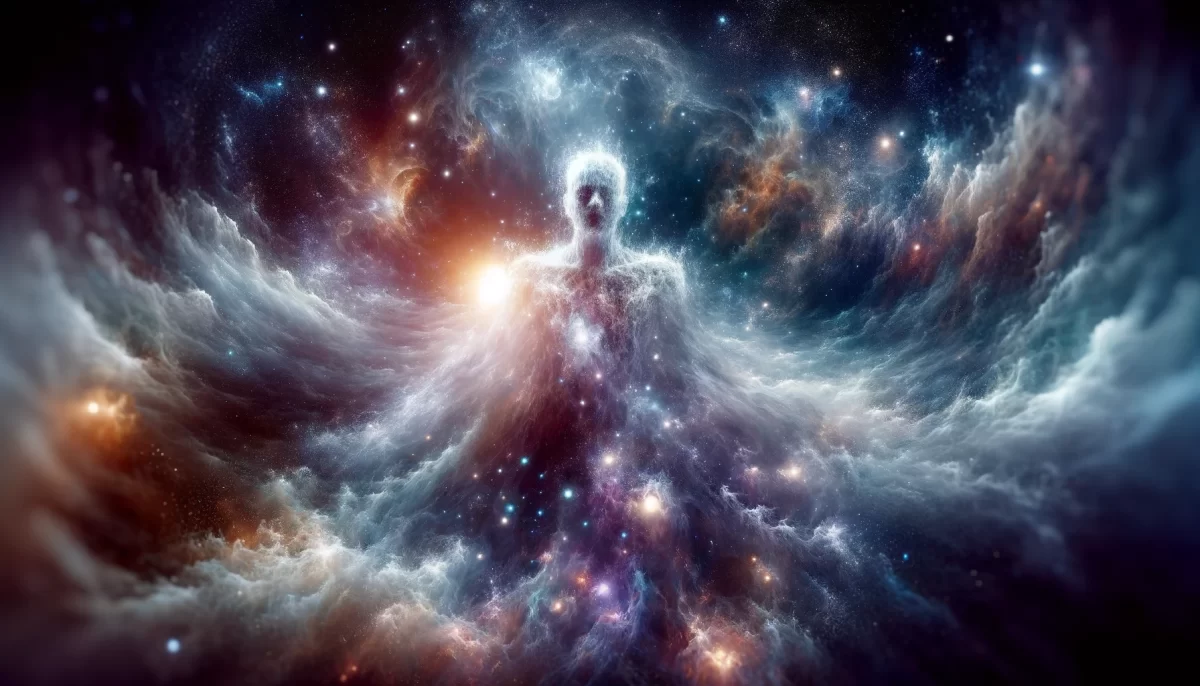

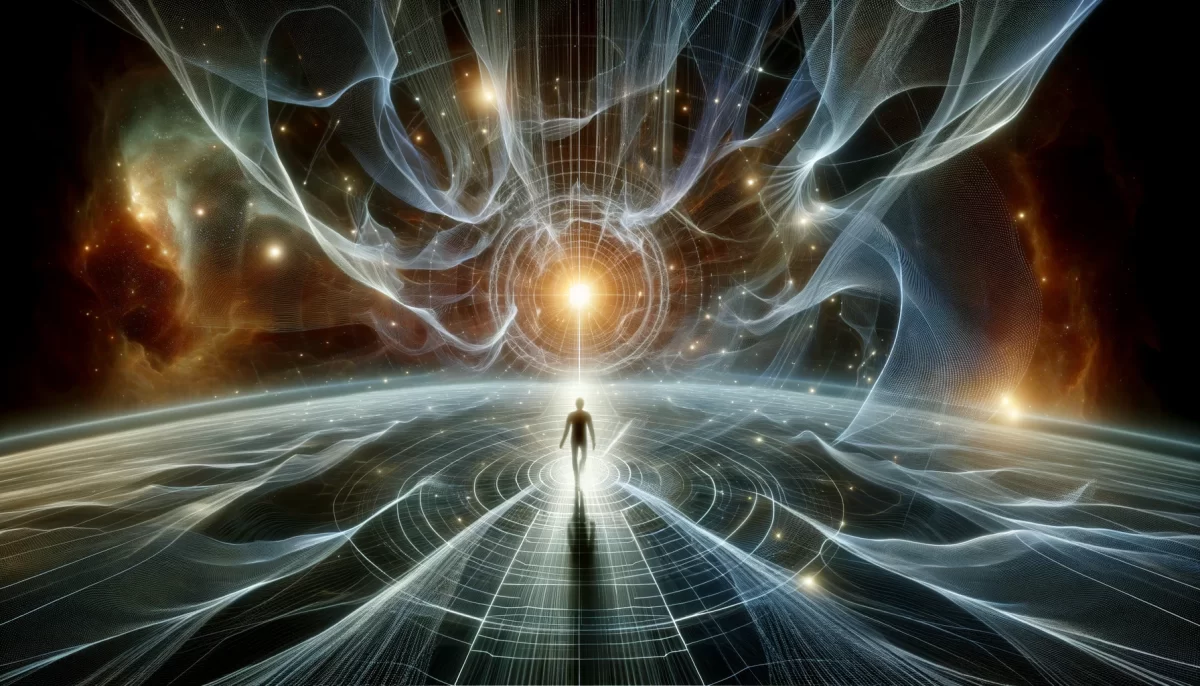

Leave a Reply